Black spot & slugs
jill_wingett
10 years ago
Related Stories

BATHROOM DESIGNSpotted: Refrigerators in the Bathroom
You read that right. Before you protest, here are seven good reasons why people are chilling in the bath
Full Story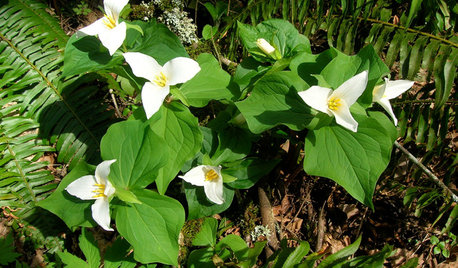
GARDENING GUIDES8 Native Flowers to Brighten Shady Garden Spots
These self-spreading plants from around the country will create a low-maintenance splash from spring to fall
Full Story
HOUSEKEEPINGOut, Darn Spot! Tips for Removing Carpet Stains
Know the right solutions and when to use them to prevent stains from pets, soda, chocolate, blood and more
Full Story
KITCHEN DESIGN12 Items Worth a Spot on Your Kitchen Counter
Keep these useful tools and accessories out in the open to maintain high function without spoiling the view
Full Story
HOUZZ TOURSMy Houzz: Color Hits the Spot in a White-on-White Scheme
Bright red furniture strikes a dramatic pose against snowy walls and floors in a Montreal loft
Full Story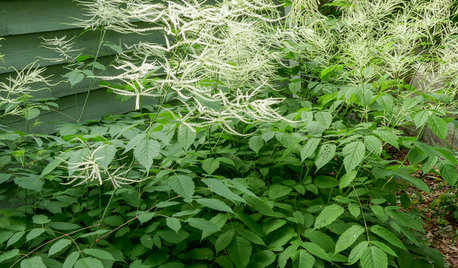
FLOWERS AND PLANTSAruncus Dioicus Is a Stately Plant for Shady, Moist Garden Spots
Plant goat’s beard in perennial and woodland gardens. Its large white spring blooms attract bees, beetles and butterflies
Full Story
HOLIDAYS12 Home Hot Spots for Holiday Decorating
Deck these areas with garlands, lights and other seasonal decorations, and watch a festive mood take hold
Full Story
LANDSCAPE DESIGNHow and What to Plant in Dry, Sunny Spots
Save water and improve your site’s look with these design tips and help from a pro
Full Story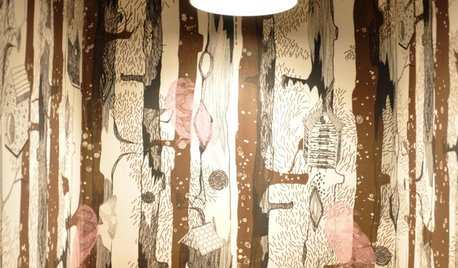
DECORATING GUIDESCool Wallpaper Spotted: Wait, No It's Fabric!
Woodsy-modern pattern adds whimsy and color to a baby-friendly bathroom
Full StorySponsored
Experienced Craftsman & Exceptional Quality Masonry in Franklin County
More Discussions







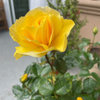
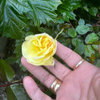
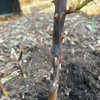
hoovb zone 9 sunset 23
dublinbay z6 (KS)
Related Professionals
Maple Valley Landscape Architects & Landscape Designers · Oatfield Landscape Architects & Landscape Designers · Tomball Landscape Architects & Landscape Designers · Zion Landscape Architects & Landscape Designers · Paradise Landscape Architects & Landscape Designers · Lakeland Landscape Contractors · Westwood Landscape Contractors · Bloomington Landscape Contractors · Camp Verde Landscape Contractors · Edwardsville Landscape Contractors · El Sobrante Landscape Contractors · Kailua Landscape Contractors · Milton Landscape Contractors · Northport Landscape Contractors · Sun City Center Landscape Contractorsmichaelg
RD8005
jill_wingettOriginal Author
nickl
jerijen
henry_kuska
jill_wingettOriginal Author
nickl
michaelg